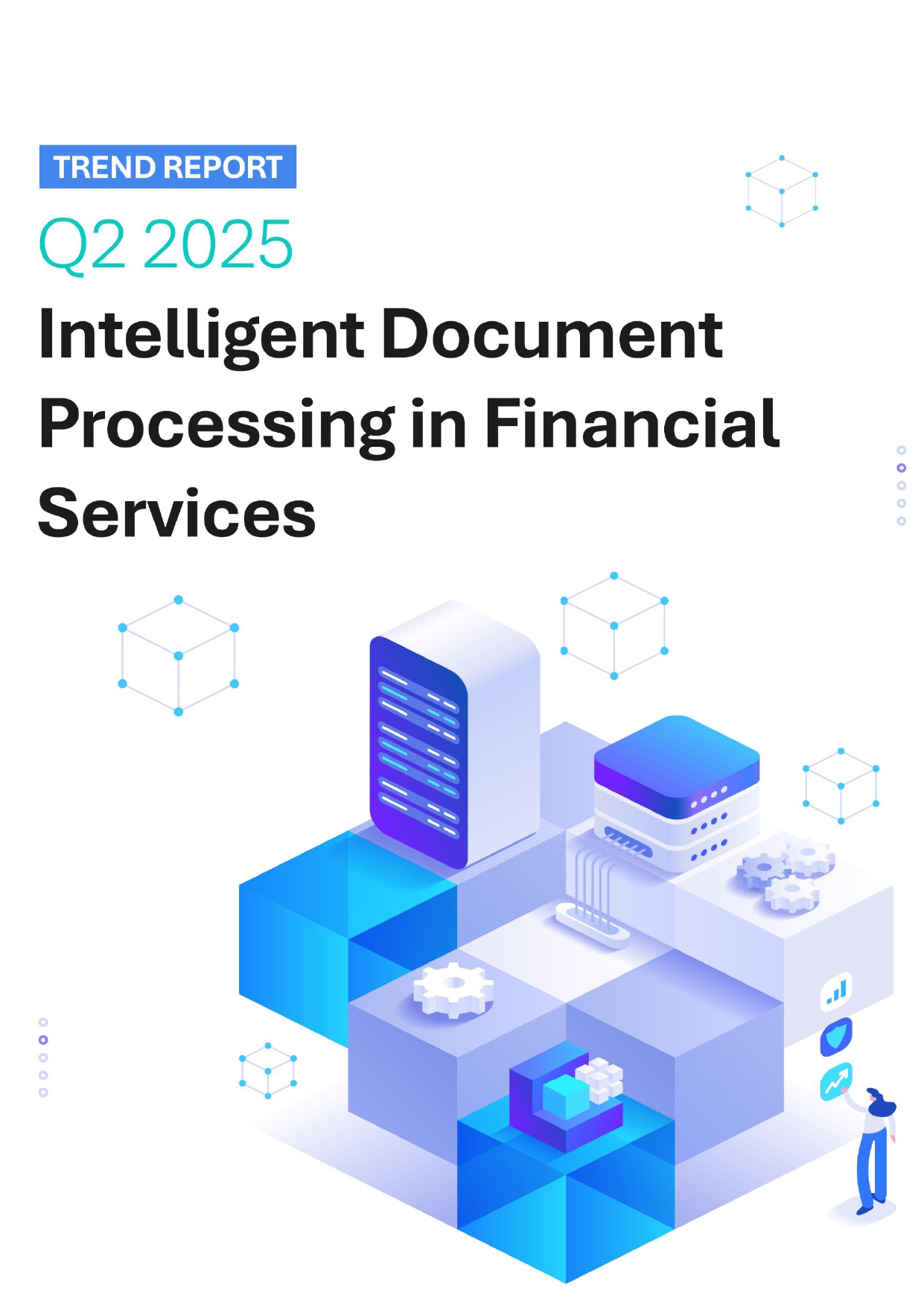 Back
Back
PSD2 – banking on a gamechanger In ecommerce

The Payments Service Directive 2 (PSD2) came into full force in January 2018, bringing with it dreams of open banking that will transform the way we move and use money.
PSD2 opens up banks’ payments infrastructure and customer data assets to third parties.
Expect PSD2 to bring more options and innovations in payments and information services for consumers. In this new era, banks are required to provide other third parties such as qualified payment service providers (PSPs) connectivity to access customer account data and to initiate payments.
The Giant Leap to Commoditisation
From a merchant acquiring bank’s perspective, it is exciting to see all the new opportunities that PSD2 will bring in terms of transparency, fair competition, and entry barriers being broken down for new payment services.
The EU banks’ monopoly on their customers’ account information and payment services will soon be in the distant past. Bank customers will have the power to give third-party providers permission to retrieve their account data from their banks.
PSD2 makes the role of the merchant acquiring bank even more important than ever because now there will be an even stronger need for security and expertise. It’s all the know-how of the ins and outs of global payment services to truly leverage the benefits PSD2 brings to the payments landscape. There is going to be a greater need in understanding the intricacies of helping merchants and retailers connect directly to the consumer bank account to initiate payment. There will be a need to safeguard consumers from any bad ecommerce experiences, including fraud.
The Key is in Technology and Innovation
Retailers and ecommerce merchants as well as other third-party providers will look to bank with merchant acquirers and ecommerce FinTechs to help them achieve an improved payment experience. They will need help to leverage the power of connecting with banking open application program interfaces (APIs) without the need to maintain anything else such as any other backend systems from the bank.
Through the utilization of banks’ APIs, non-banks can enter the financial market without the heavy compliance and infrastructure that banks are required to maintain. This ignites innovation in the financial market and brings fresh ideas about how to shape the banking experience.
However, technology savvy merchant acquiring banks are going to give ecommerce merchants a leg-up in enabling them to quickly deploy their go-to-market strategy and ultimately generate more revenues without the pitfalls. They will be able to guide them, bringing them within the scope of PSD2 regulation. They will also be able to provide them with onboarding gateways and beneficial applications to deliver a consolidated view across different types of accounts in a secure and safe way, resulting in better customer insight. This is why it will be important to partner with the right FinTechs that have the knowledge, technology and services to do all of this.
Ultimately it will be critical for PSPs and online merchants to use payments technology to their advantage and optimize operational procedures in a safe and secure way without losing customers to shopping cart abandonment or have consumers frustrated and not completing their online purchase. PSD2 requires stronger identity checks of users when they are paying online. FinTechs that build artificial intelligence (AI) into their ecommerce business will provide better consumer protection against fraud.
The Winning Strategy
In conclusion, PSD2 empowers bank customers, giving them the option to use third-party providers to manage their finances. It wouldn’t be out of the question to use Facebook or Google to pay bills, make P2P transfers and even analyze spending, all while the money is being safely placed in a bank account. The newcomer tech companies and even well-known big-tech can be risky because they are not familiar with the payments market enough, and will provide substandard service to businesses while also carrying over their method of doing business, with privacy issues, etc. Only tech-savvy banks are uniquely positioned to launch revolutionary services, mitigating risk. Not only are they able to provide a breadth of services to customers of the post-PSD2 services, they are also able to support market newcomers via partnerships.
Consequently, the winning strategy could be “don’t wait for your retail bank to help you, don’t wait for the leading big technology firms either but rather seek a fast-mover that’s got your back.” It is expected that third-parties will build financial services on top of banks’ data and infrastructure but they will need tech savvy acquiring banks to help get them there. The winning strategy is to choose an acquiring bank that has the know-how to reinforce consumer protection, improve the security of internet payments and account access within the EU and globally. Seek out and partner with a tech savvy acquiring bank to get up and running fast. There will be a race to gain market-share and the customers that will, in the end, create their own collection of smaller service providers, instead of choosing one specific bank for all financial needs, will be the most successful.
The content of this article is intended to provide a general guide to the subject matter. Specialist advice should be sought for any specific circumstances.
By Dr. Rachel Gauci, Senior Legal Counsel at Credorax
IBSi News

July 14, 2025
API Management
The Monday Roundup: what we are watching this week | July 14th
Read MoreGet the IBSi FinTech Journal India Edition
- Insightful Financial Technology News Analysis
- Leadership Interviews from the Indian FinTech Ecosystem
- Expert Perspectives from the Executive Team
- Snapshots of Industry Deals, Events & Insights
- An India FinTech Case Study
- Monthly issues of the iconic global IBSi FinTech Journal
- Attend a webinar hosted by the magazine once during your subscription period
₹200 ₹99*/month
* Discounted Offer for a Limited Period on a 12-month Subscription
IBSi FinTech Journal

- Most trusted FinTech journal since 1991
- Digital monthly issue
- 60+ pages of research, analysis, interviews, opinions, and rankings
- Global coverage
Other Related Blogs
Related Reports

Sales League Table Report 2025
Know More
Global Digital Banking Vendor & Landscape Report Q2 2025
Know More
NextGen WealthTech: The Trends To Shape The Future Q4 2023
Know More
Intelligent Document Processing in Financial Services Q2 2025
Know More
